Are You Content with Your Organization’s Content Strategy?
Rocket-Powered Data Science
JULY 6, 2021
Specifically, in the modern era of massive data collections and exploding content repositories, we can no longer simply rely on keyword searches to be sufficient. In “information retrieval” language, we would say that we have high RECALL, but low PRECISION.



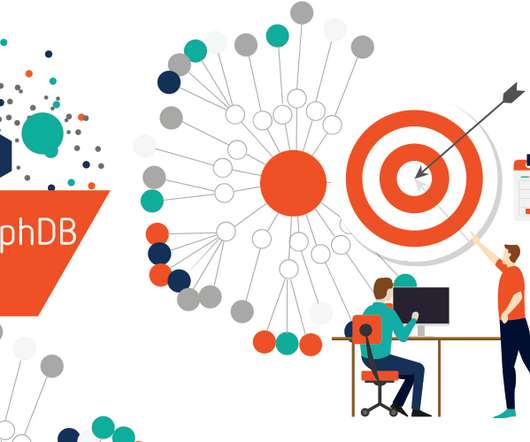
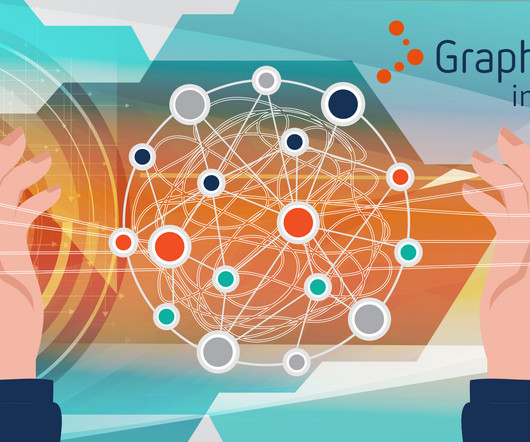

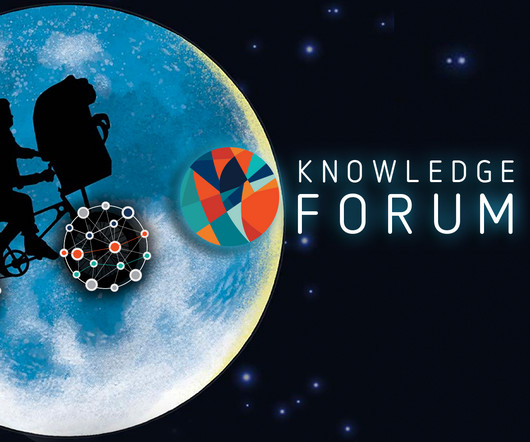
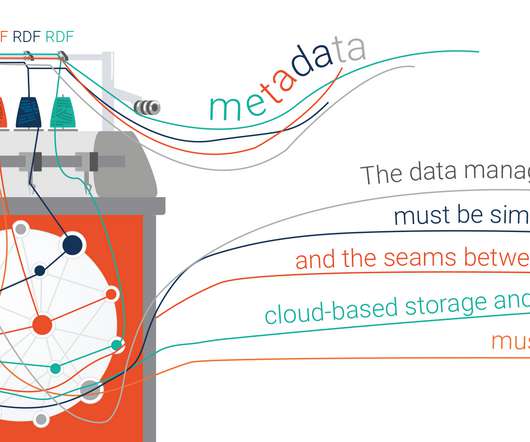
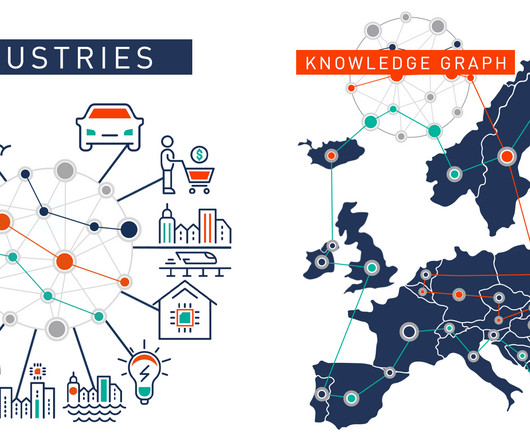
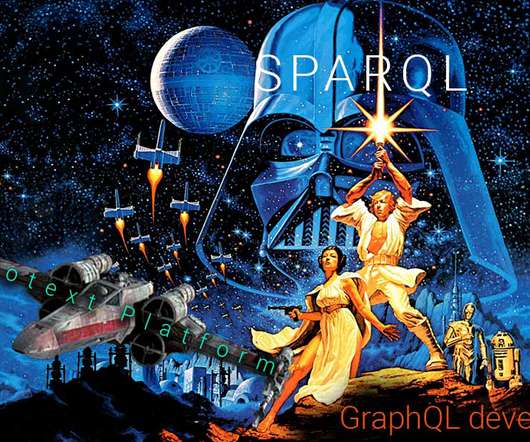

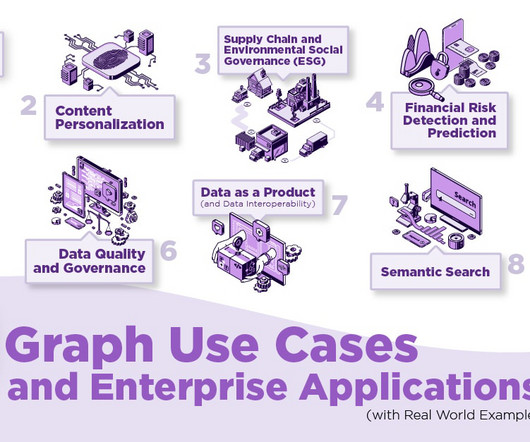











Let's personalize your content